Chirag Gala Rugs

Chirag Gala, also spelled Çiraq Qala or Çirax Qala, is a ruined ancient fortress overlooking the Caspian coastal plains north of Baku in the Azerbaijan Republic. It is located on the top of a mountain, in the Guba (Quba) Forest. Meaning the lamp (or torch) castle in Persian, It was constructed by the Sassanid Dynasty in the 5th century. It was used as a defense for the Quba Khanate in the 18th century.
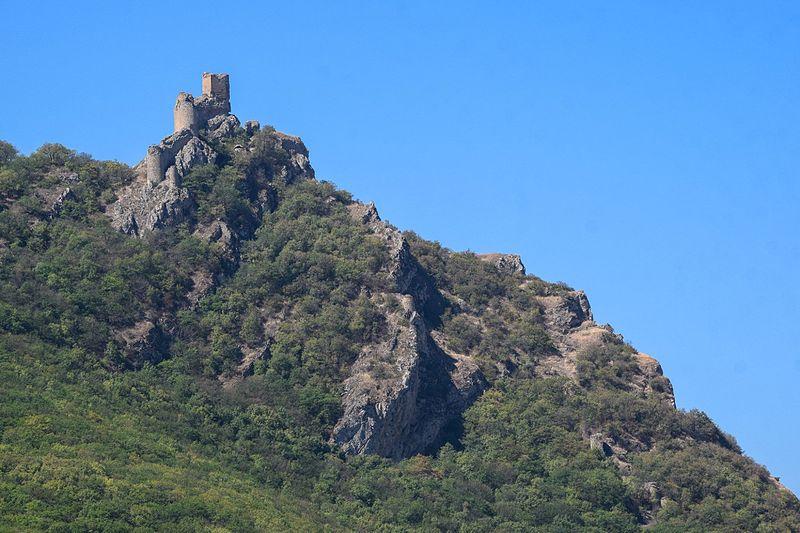
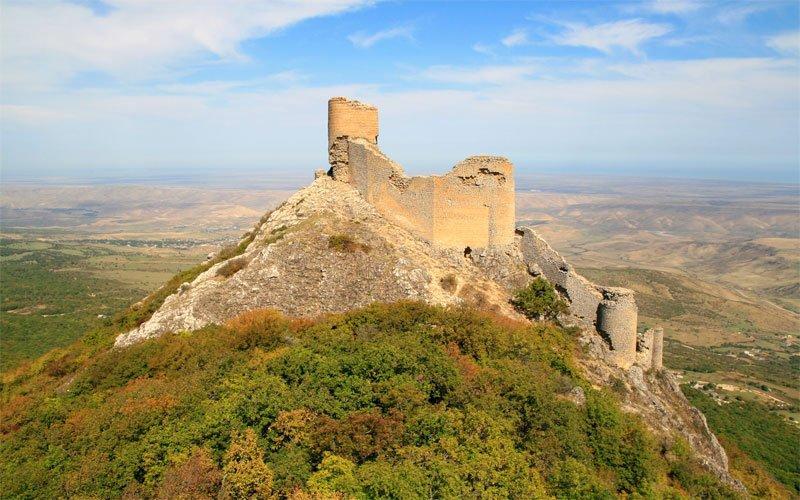
Today the Chirag Gala is a historic site and is frequently visited by tourists. There are some villages (such as Nohurlar, Ugah and Zagli) in the mountainous area known as Chirag Gala district. Woven pieces made during 19th century in these surrounding villages may be branded as Chirag Gala.

Technical aspects and the structure of Chirag Gala Rugs
Antique rugs of Chirag Gala are finely knotted. Knots are symmetric (Turkish). Wool is the main raw material. Warp and pile are woolen. Wefts may be either cotton or wool. Rug and runner sizes are common, including very long runners. Rare sizes such square rugs could also be found.

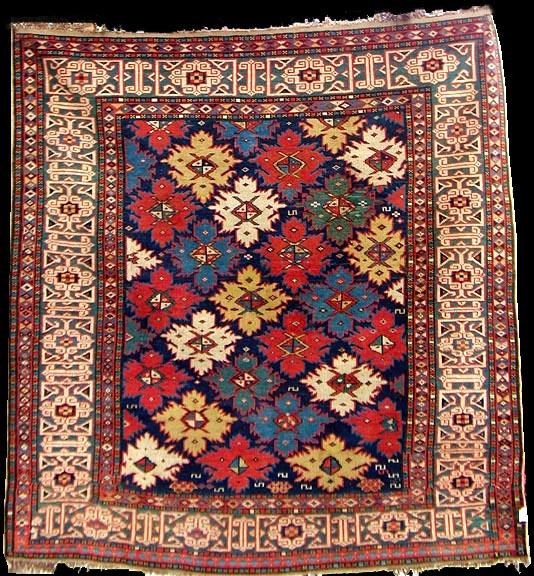

Dyeing and painting of Chirag Gala rugs
Chirag Gala rugs’ fields are mostly colored with midnight blue, making an appropriate background for patterns to glow. Various shades of red and pink, ivory, yellow, light and medium indigo and green used for mina khani patterns in which painting has an important role in designs. It may make diagonal rows of the same-colored patterns or pointy broken lines, etc.
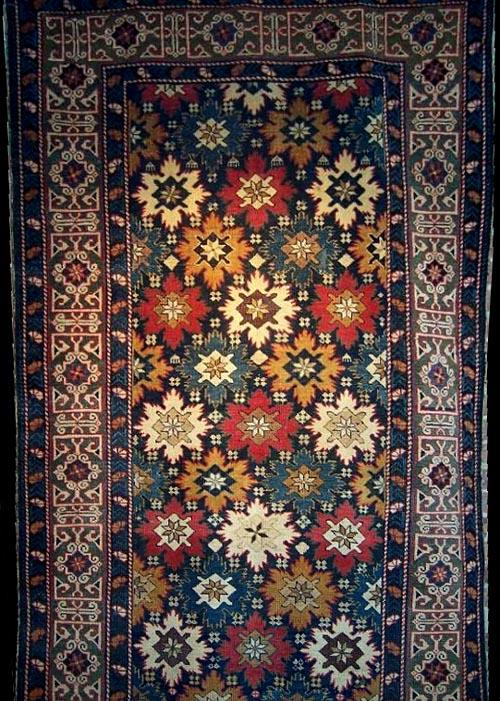
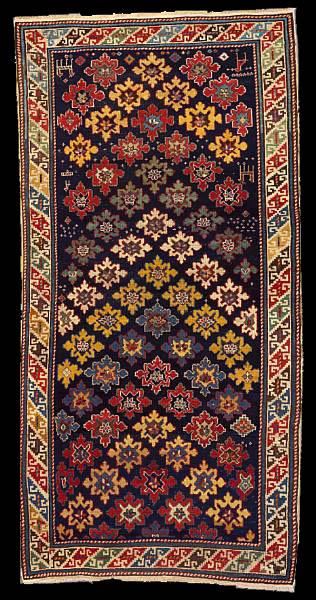
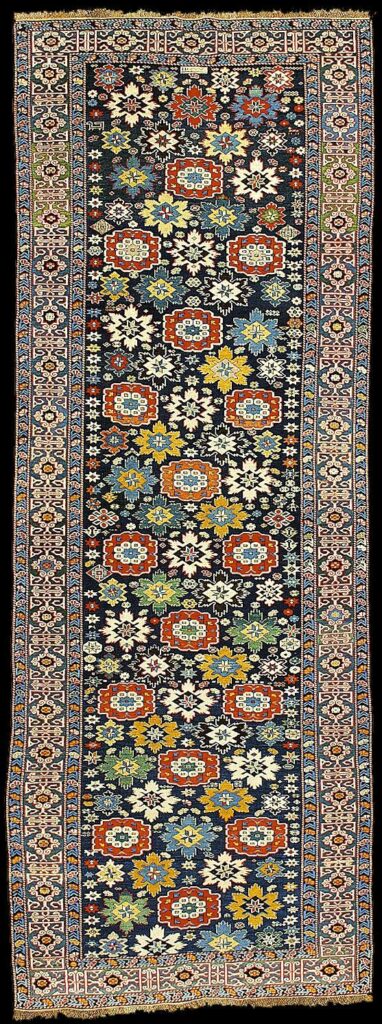
Designs and patterns of the Chirag Gala rugs
Geometrized mina khani patterns make the majority of Chirag Gala designs. These are all-over patterns consisting of two or more geometrized rosettes making a lattice with their alternation.
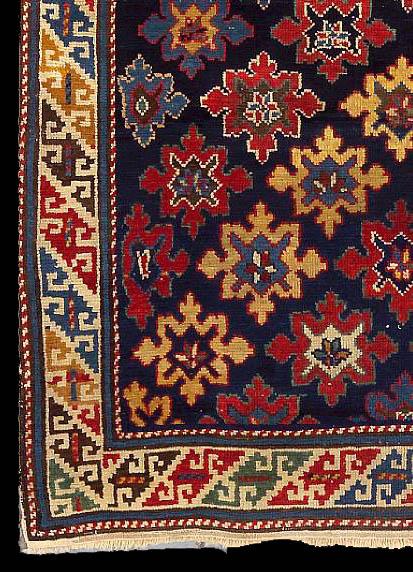
There are many versions of this pattern. It seems to be a variant of the Herati pattern which developed in eastern Persia in conjunction with the Herati itself. Various geometrized stylizations made in Chirag Gala. Fields of Chirag Gala rugs are mostly surrounded by Kufesque (Kufic) borders.
In some versions of the design the common geometrized rosettes replaced with tribal motifs which make them similar to Anatolian designs.



